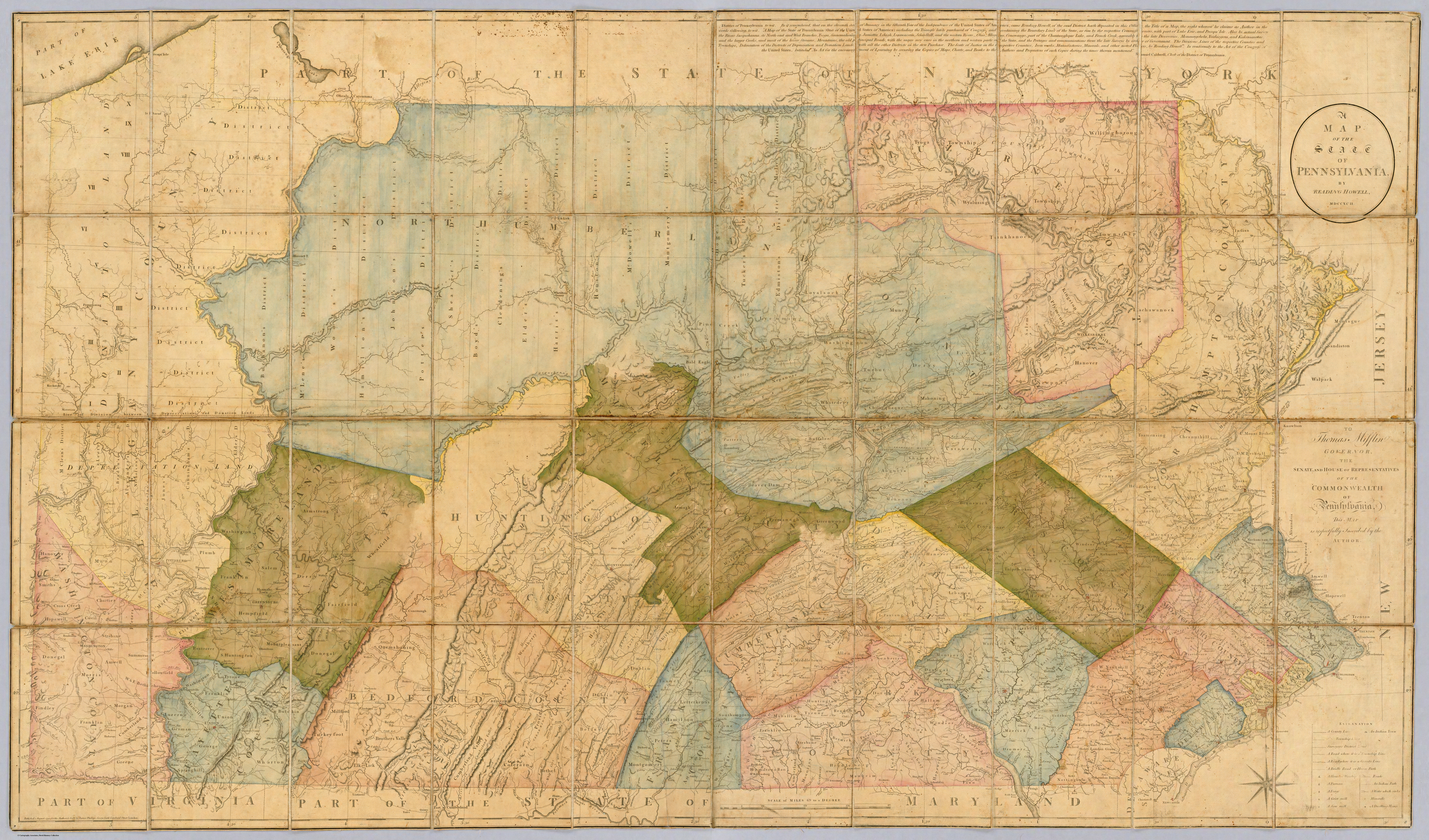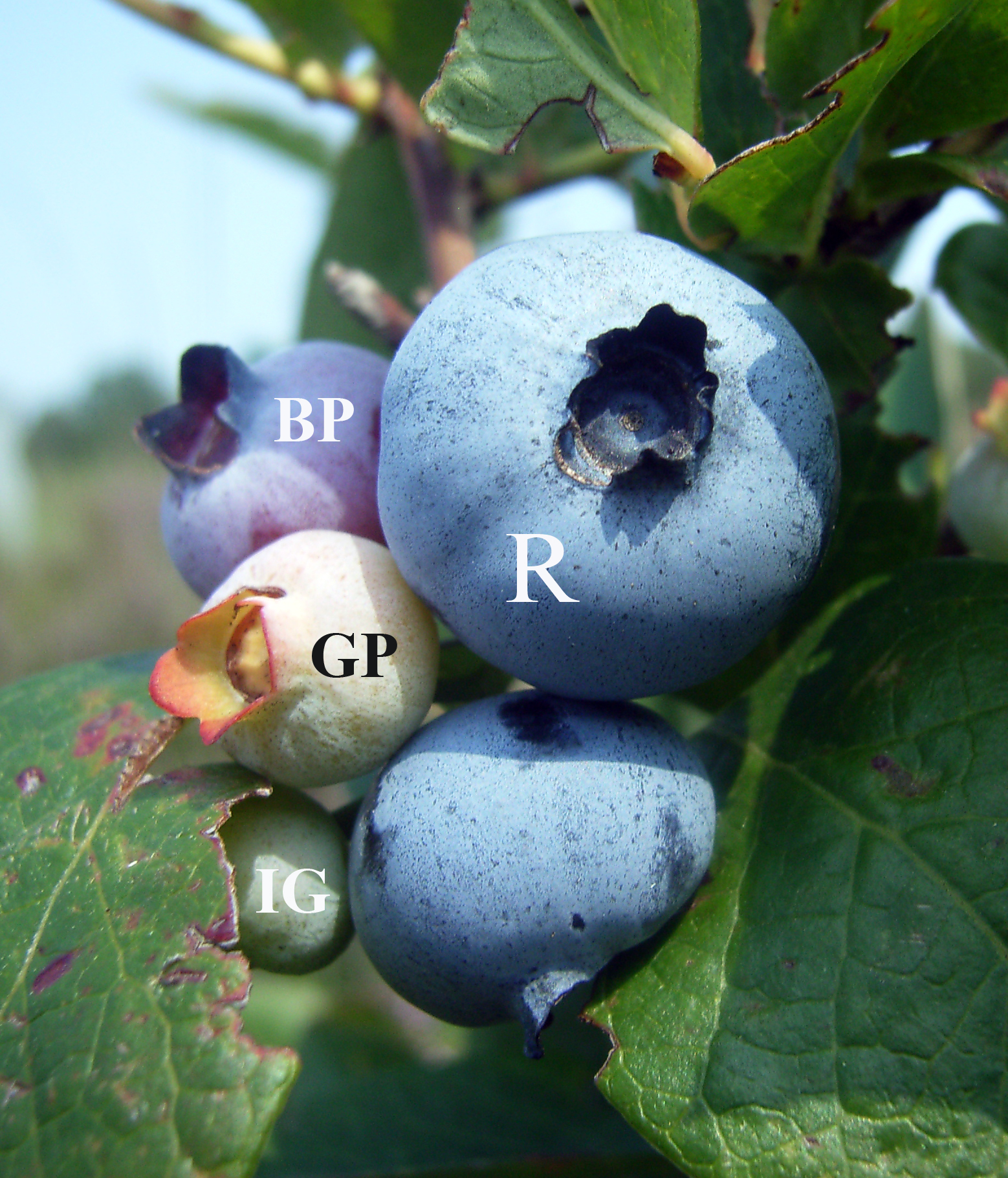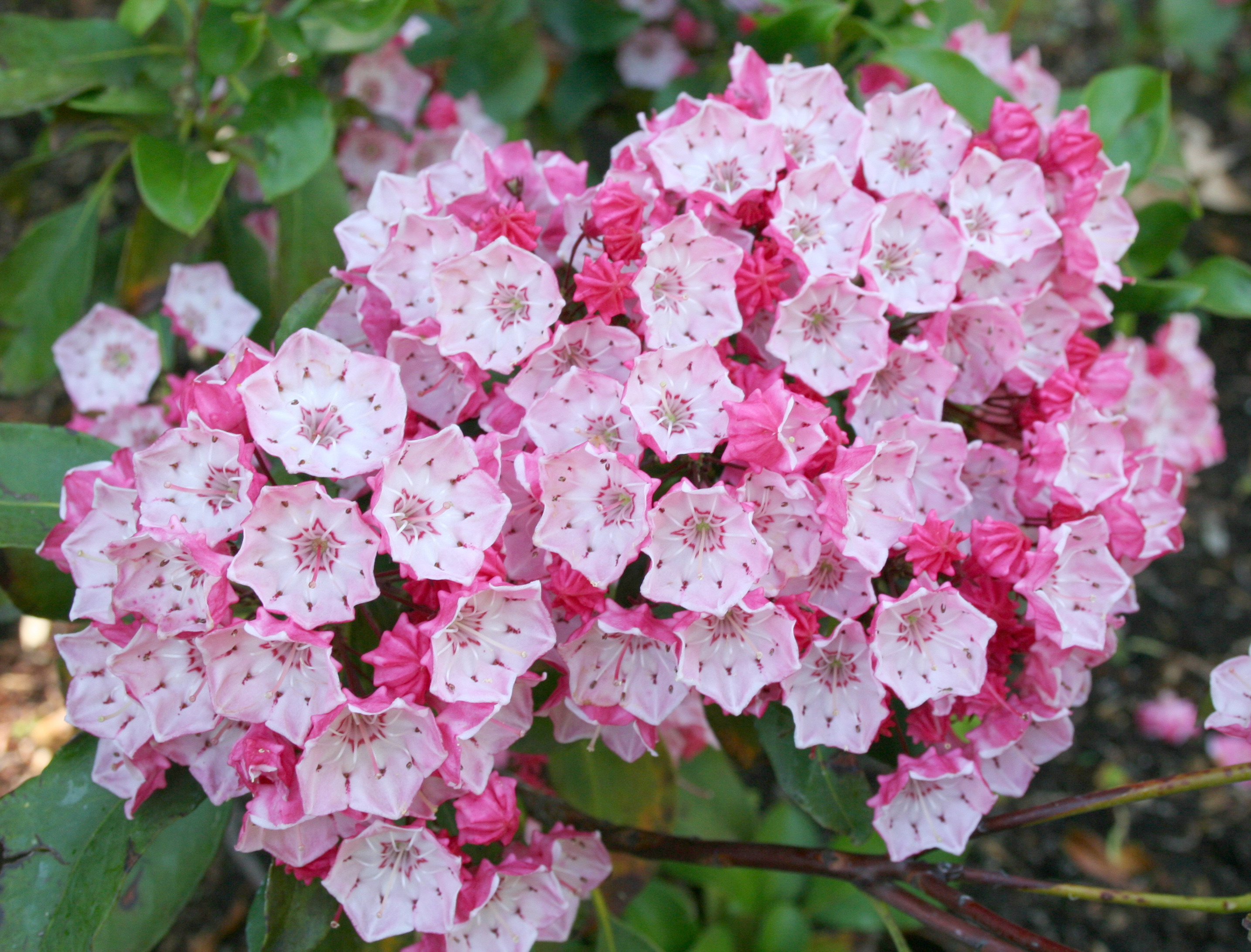|
Seven Tubs Natural Area
Seven Tubs Recreation Area is a publicly accessible recreation area located in Luzerne County, Pennsylvania, and owned by the Pennsylvania Department of Conservation and Natural Resources. Continuously flowing glacial meltwater gouged a line of smooth tubs in gritty sandstone over 12,000 years ago. The tubs are potholes formed by the flowing water. The site is part of a recreation area in the Pennsylvania mountains about south of downtown Wilkes-Barre.Litchman , Lori. "Seven Tubs Natural Area, Luzerne County." Greentreks Network. 2006. 19 Mar 2008 . The site is popular among hikers for its easy accessibility and beginner-level hiking environment. Geology The glaciers of the Ice Age were instrumental in shaping the physical features of the natural world that we see today. They too are responsible for the formations of the tubs. As ice melts over long periods of time, its eroding capabilities become much more substantial. Glacial melting produced large volumes of flowing water ... [...More Info...] [...Related Items...] OR: [Wikipedia] [Google] [Baidu] |
Wilkes-Barre, Pennsylvania
Wilkes-Barre ( or ) is a city in the U.S. state of Pennsylvania and the county seat of Luzerne County, Pennsylvania, Luzerne County. Located at the center of the Wyoming Valley in Northeastern Pennsylvania, it had a population of 44,328 in the 2020 census. It is the second-largest city, after Scranton, Pennsylvania, Scranton, in the Scranton–Wilkes-Barre–Hazleton, PA Metropolitan Statistical Area, which had a population of 563,631 as of the 2010 United States census, 2010 census and is the fourth-largest metropolitan area in Pennsylvania after the Delaware Valley, Greater Pittsburgh, and the Lehigh Valley with an urban population of 401,884. Scranton/Wilkes-Barre is the cultural and economic center of a region called Northeastern Pennsylvania, which is home to over 1.3 million residents. Wilkes-Barre and the surrounding Wyoming Valley are framed by the Pocono Mountains to the east, the Endless Mountains to the north and west, and the Lehigh Valley to the south. The Susqu ... [...More Info...] [...Related Items...] OR: [Wikipedia] [Google] [Baidu] |
Cypripedium Acaule
''Cypripedium acaule'' is a species of flowering plant in the orchid family Orchidaceae. It is commonly referred to as the pink lady's slipper or moccasin flower. The specific epithet ''acaule'' means "lacking an obvious stem", a reference to its short underground stem, for which reason the plant is also known as the stemless lady's-slipper. It is the provincial flower of Prince Edward Island, Canada and the state wildflower of New Hampshire, United States. Description ''Cypripedium acaule'' is a perennial plant. It grows slowly and up to . Unlike most other species of ''Cypripedium'', the pouch of ''C. acaule'' opens in a slit that runs down the front of the labellum rather than a round opening. The plant consists of two plicate leaves near the ground. From between those leaves sprouts a long, pubescent stalk that bears a single pink flower. The sepals and petals tend to be yellowish-brown to maroon with a large pouch that is usually some shade of pink but can be nearly magenta ... [...More Info...] [...Related Items...] OR: [Wikipedia] [Google] [Baidu] |
Maple
''Acer'' () is a genus of trees and shrubs commonly known as maples. The genus is placed in the family Sapindaceae.Stevens, P. F. (2001 onwards). Angiosperm Phylogeny Website. Version 9, June 2008 nd more or less continuously updated since http://www.mobot.org/MOBOT/research/APweb/. There are approximately 132 species, most of which are native to Asia, with a number also appearing in Europe, northern Africa, and North America. Only one species, '' Acer laurinum'', extends to the Southern Hemisphere.Gibbs, D. & Chen, Y. (2009The Red List of Maples Botanic Gardens Conservation International (BGCI) The type species of the genus is the sycamore maple, '' Acer pseudoplatanus'', the most common maple species in Europe.van Gelderen, C. J. & van Gelderen, D. M. (1999). ''Maples for Gardens: A Color Encyclopedia'' Maples usually have easily recognizable palmate leaves ('' Acer negundo'' is an exception) and distinctive winged fruits. The closest relatives of the maples are the hor ... [...More Info...] [...Related Items...] OR: [Wikipedia] [Google] [Baidu] |
Tulip Tree
''Liriodendron'' () is a genus of two species of characteristically large trees, deciduous over most of their populations, in the magnolia family ( Magnoliaceae). These trees are widely known by the common name tulip tree or tuliptree for their large flowers superficially resembling tulips. It is sometimes referred to as tulip poplar or yellow poplar, and the wood simply as "poplar", although not closely related to the true poplars. Other common names include canoewood, saddle-leaf tree, and white wood. The two extant species are ''Liriodendron tulipifera'', native to eastern North America and '' Liriodendron chinense'', native to China and Vietnam. Both species often grow to great size, the North American species may reach as much as in height. The North American species is commonly used horticulturally, the Chinese species is increasing in cultivation, and hybrids have been produced between these two allopatrically distributed species. Various extinct species of '' ... [...More Info...] [...Related Items...] OR: [Wikipedia] [Google] [Baidu] |
Bear Oak
''Quercus ilicifolia'', commonly known as bear oak or scrub oak, is a small shrubby oak native to the eastern United States and southeastern Canada. Its range extends in the United States from Maine to North Carolina, with reports of a few populations north of the international frontier in Ontario. The name ''ilicifolia'' means "holly-leaved." Description ''Quercus ilicifolia'' is a deciduous tree or shrub growing occasionally reaching a height of 6 meters (20 feet) but usually much smaller. It is "gangly" and can form a dense thicket. The plant grows from a large taproot which can be up to 20 centimeters (8 inches) thick. The taproot lives a long time, producing several generations of above-ground parts. The alternately arranged leaves are each up to 15 cm (6 in) long by 10 cm (4 in) wide. The species is monoecious, with plants bearing both male catkins and solitary or clustered female flowers. The egg-shaped acorn is long with a saucer-shaped cap. The ... [...More Info...] [...Related Items...] OR: [Wikipedia] [Google] [Baidu] |
Chestnuts
The chestnuts are the deciduous trees and shrubs in the genus ''Castanea'', in the beech family Fagaceae. They are native to temperate regions of the Northern Hemisphere. The name also refers to the edible nuts they produce. The unrelated horse chestnuts (genus ''Aesculus'') are not true chestnuts, but are named for producing nuts of similar appearance that are mildly poisonous to humans. True chestnuts should also not be confused with water chestnuts, which are tubers of an aquatic herbaceous plant in the sedge family Cyperaceae. Other species commonly mistaken for chestnut trees are the chestnut oak (''Quercus prinus'') and the American beech ('' Fagus grandifolia''),Chestnut Tree in chestnuttree.net. both of which are also in the Fagaceae family. [...More Info...] [...Related Items...] OR: [Wikipedia] [Google] [Baidu] |
Birch
A birch is a thin-leaved deciduous hardwood tree of the genus ''Betula'' (), in the family Betulaceae, which also includes alders, hazels, and hornbeams. It is closely related to the beech- oak family Fagaceae. The genus ''Betula'' contains 30 to 60 known taxa of which 11 are on the IUCN 2011 Red List of Threatened Species. They are a typically rather short-lived pioneer species widespread in the Northern Hemisphere, particularly in northern areas of temperate climates and in boreal climates. Description Birch species are generally small to medium-sized trees or shrubs, mostly of northern temperate and boreal climates. The simple leaves are alternate, singly or doubly serrate, feather-veined, petiolate and stipulate. They often appear in pairs, but these pairs are really borne on spur-like, two-leaved, lateral branchlets. The fruit is a small samara, although the wings may be obscure in some species. They differ from the alders (''Alnus'', another genus in the family) ... [...More Info...] [...Related Items...] OR: [Wikipedia] [Google] [Baidu] |
Tsuga
''Tsuga'' (, from Japanese (), the name of ''Tsuga sieboldii'') is a genus of conifers in the subfamily Abietoideae of Pinaceae, the pine family. The common name hemlock is derived from a perceived similarity in the smell of its crushed foliage to that of the unrelated plant poison hemlock. Unlike the latter, ''Tsuga'' species are not poisonous. The genus comprises eight to ten species (depending on the authority), with four species occurring in North America and four to six in eastern Asia. Description They are medium-sized to large evergreen trees, ranging from tall, with a conical to irregular crown, the latter occurring especially in some of the Asian species. The leading shoots generally droop. The bark is scaly and commonly deeply furrowed, with the colour ranging from grey to brown. The branches stem horizontally from the trunk and are usually arranged in flattened sprays that bend downward towards their tips. Short spur shoots, which are present in many gymnosperms, ar ... [...More Info...] [...Related Items...] OR: [Wikipedia] [Google] [Baidu] |
Blueberry
Blueberries are a widely distributed and widespread group of perennial flowering plants with blue or purple berries. They are classified in the section ''Cyanococcus'' within the genus '' Vaccinium''. ''Vaccinium'' also includes cranberries, bilberries, huckleberries and Madeira blueberries. Commercial blueberries—both wild (lowbush) and cultivated (highbush)—are all native to North America. The highbush varieties were introduced into Europe during the 1930s. Blueberries are usually prostrate shrubs that can vary in size from to in height. In commercial production of blueberries, the species with small, pea-size berries growing on low-level bushes are known as "lowbush blueberries" (synonymous with "wild"), while the species with larger berries growing on taller, cultivated bushes are known as "highbush blueberries". Canada is the leading producer of lowbush blueberries, while the United States produces some 40% of the world supply of highbush blueberries. Origin ... [...More Info...] [...Related Items...] OR: [Wikipedia] [Google] [Baidu] |
Kalmia Angustifolia
''Kalmia angustifolia'' is a flowering shrub in the family Ericaceae, commonly known as sheep laurel. It is distributed in eastern North America from Ontario and Quebec south to Virginia. It grows commonly in dry habitats in the boreal forest, and may become dominant over large areas after fire or logging. Like many plant species of infertile habitats it has evergreen leaves and mycorrhizal associations with fungi. It is also found in drier area of peat bogs. Description The attractive small, deep crimson-pink flowers are produced in early summer. Each has five sepals, with a corolla of five fused petals, and ten stamens fused to the corolla. They are pollinated by bumble bees and solitary bees. Each mature capsule contains about 180 seeds.Hall, I. V., Jackson, L. P. and Everett, C. F. 1973. The biology of Canadian weeds. 1. ''Kalmia angustifolia'' L. Canadian Journal of Plant Science 53: 865–873. In the wild the plant may vary in height from . New shoots arise from dormant ... [...More Info...] [...Related Items...] OR: [Wikipedia] [Google] [Baidu] |
Kalmia Latifolia
''Kalmia latifolia'', the mountain laurel, calico-bush, or spoonwood, is a species of flowering plant in the heath family Ericaceae, that is native to the eastern United States. Its range stretches from southern Maine south to northern Florida, and west to Indiana and Louisiana. Mountain laurel is the state flower of Connecticut and Pennsylvania. It is the namesake of Laurel County in Kentucky, the city of Laurel, Mississippi, and the Laurel Highlands in southwestern Pennsylvania. Growth ''Kalmia latifolia'' is an evergreen shrub growing tall. The leaves are 3–12 cm long and 1–4 cm wide. The flowers are hexagonal, sometimes appearing to be pentagonal, ranging from light pink to white, and occur in clusters. There are several named cultivars that have darker shades of pink, red and maroon. It blooms in May and June. All parts of the plant are poisonous. The roots are fibrous and matted. The plant is naturally found on rocky slopes and mountainous forest areas. It ... [...More Info...] [...Related Items...] OR: [Wikipedia] [Google] [Baidu] |
Epigaea Repens
''Epigaea repens'', the mayflower, trailing arbutus, or ground laurel, is a low, spreading shrub in the family Ericaceae. It is found from Newfoundland to Florida, west to Kentucky and the Northwest Territories. Description The plant is a slow-growing, prostrate to sprawling shrub that prefers moist, shady habitats and acidic (humus-rich) soil. It is often part of the heath complex in an oak-heath forest. Its stems are woody and the leafy twigs are covered in rust-colored hairs. The leaves are alternate, ovate (oval-shaped with rounded bases), evergreen, glabrous above and more or less hairy beneath, and borne on short rusty-hairy petioles. The flowers are pentamerous, pale pink to nearly white and very fragrant, about across when expanded, and borne in clusters at the ends of the branches. The calyx consists of five dry, overlapping sepals. The corolla is salverform, with a slender hairy tube spreading into five equal lobes. There are 5 stamens. The gynoecium consists of one ... [...More Info...] [...Related Items...] OR: [Wikipedia] [Google] [Baidu] |







.jpg)
